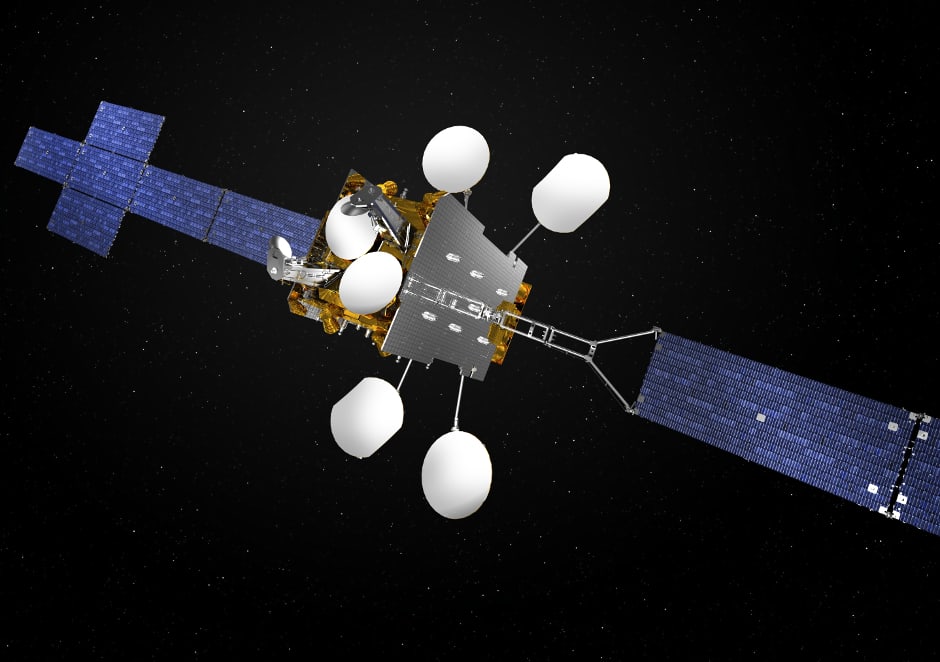Lift-off for first electric propulsion system from Thales' Belfast facility
The first electric propulsion system has come off the production line at Thales Alenia Space’s Belfast facility.

Thales Alenia Space launched the Space Propulsion Integration Centre – the first of its kind in the UK - in 2016, and it has now produced the first Xenon Propulsion System (XPS) module for satellites.
Electric propulsion systems convert energy collected from the sun into thrust by accelerating inert Xenon gas ions. They are significantly more efficient than chemical systems, requiring just one-fifth of the propellant to carry out the same mission.
As a result, electric propulsion is fast becoming a standard form of propulsion for many satellite missions, according to Ben Olivier, chief executive officer for Thales Alenia Space UK.
“Electric propulsion is about 5-10 times more efficient than chemical propulsion, so you only have to carry a fraction of the fuel in order to get the same effective increase in speed,” he said.
This means all-electric satellites are significantly cheaper to operate than chemical-based systems, he said. “It’s a big price differentiator for customers, we’re talking maybe tens of millions of dollars improvement over a chemical propulsion system,” he said.
Register now to continue reading
Thanks for visiting The Engineer. You’ve now reached your monthly limit of news stories. Register for free to unlock unlimited access to all of our news coverage, as well as premium content including opinion, in-depth features and special reports.
Benefits of registering
-
In-depth insights and coverage of key emerging trends
-
Unrestricted access to special reports throughout the year
-
Daily technology news delivered straight to your inbox










Water Sector Talent Exodus Could Cripple The Sector
Well let´s do a little experiment. My last (10.4.25) half-yearly water/waste water bill from Severn Trent was £98.29. How much does not-for-profit Dŵr...